In this excerpt, Chavarría discusses the significance and meaning of the devil character in the Congo tradition.
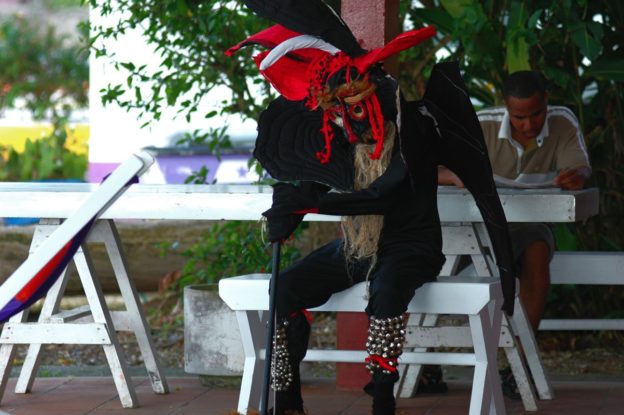


In this excerpt, Chavarría discusses the significance and meaning of the devil character in the Congo tradition.
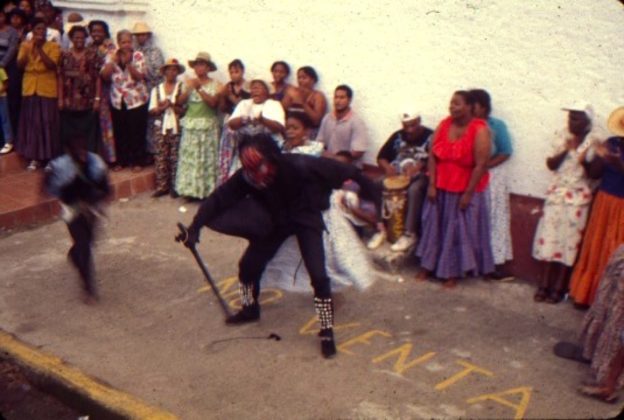
In this excerpt, Chavarría discusses the ways in which the Devil’s mask initially captured his attention and the double perspective/participant-observer position that it provides.

In this excerpt, Chavarría discusses the ways in which the Major Devil character has changed over his lifetime. He focuses particularly on his choice to follow his mentor’s example by wearing a smaller mask and discusses the value of smaller masks in relationship to the value of larger ones, which many younger devils choose to wear.

In this excerpt, Molinar explains the “pujido,” a sound that the devils within the Congo tradition of Panama make that is a part of their embodiment of the character. The literal translation of the word is “grunt,” but the effect is more than that. The sound amplifies internal energy and is done in response to both internal desires and external stimuli.
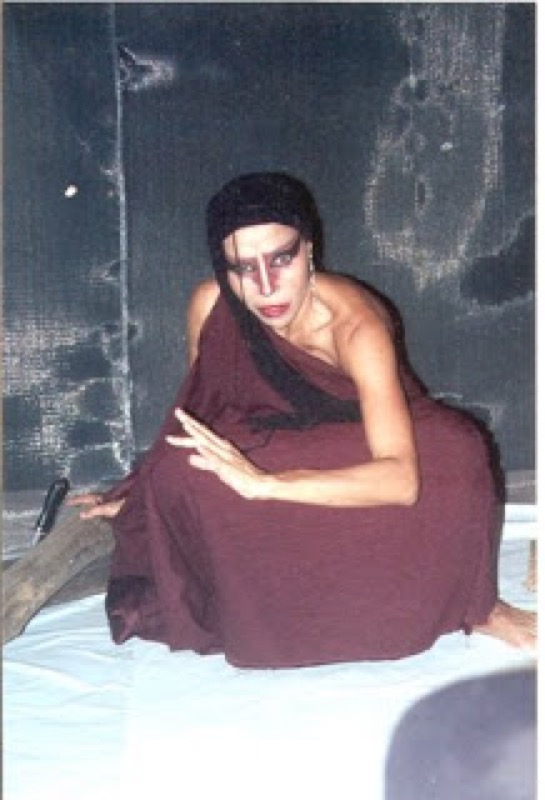
In this excerpt, Solís discusses her philosophy of art and the power of community theater as a communicative tool. She is committed to theater that energizes, surprises, engages, and maintains the ability to engender change.

In this excerpt, Solís discusses the enchantment she felt the first time that she witnessed Celedonio Molinar performing the role of Major Devil, the baptism of the devils, and how she learned about the performance traditions of Portobelo, Panama.
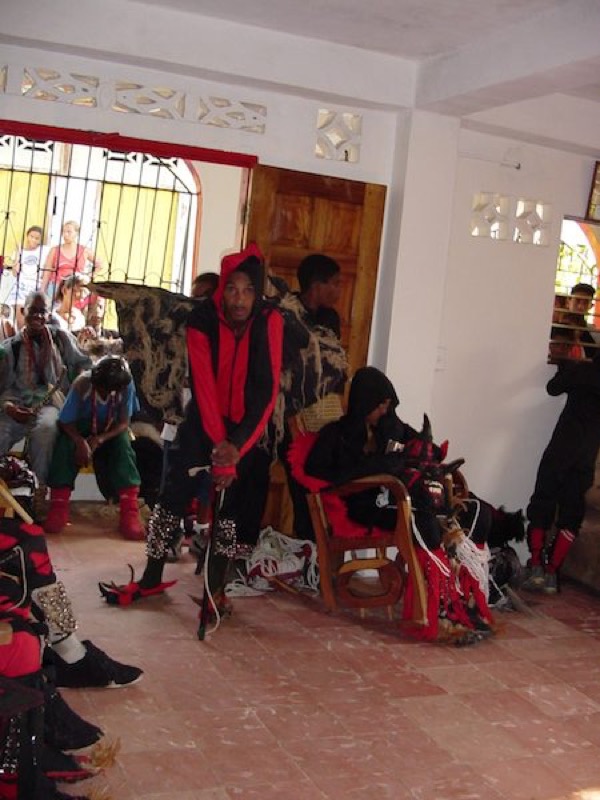
In this excerpt, Jiménez describes the “pujido”/”grunt” that the devil character uses to build internal energy and externalize it. He then discusses his interpretation of its relationship to the occult and a potential existential compromise.
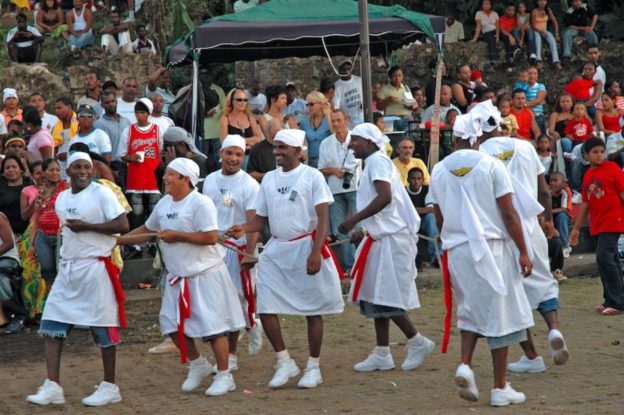
In this excerpt, Molinar shares his experience of being symbolically blessed or “baptized” as the Major Devil character. Just as the “pujido” or “grunt” helps to amplify internal energy, the process of being symbolically baptized helps to abate energy.
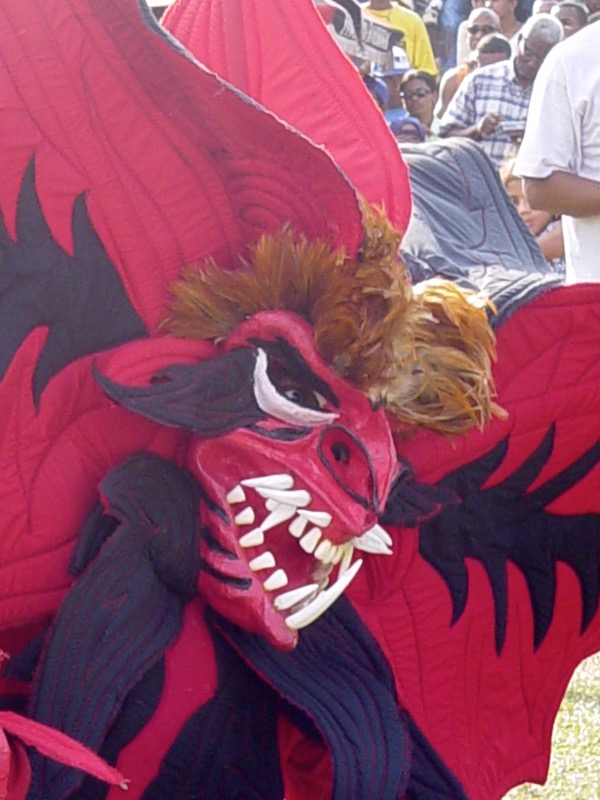
In this excerpt, Molinar discusses the practice of symbolically selling the devil at the conclusion of the Congo game and his interpretation of what the devil character represents within the Congo tradition.
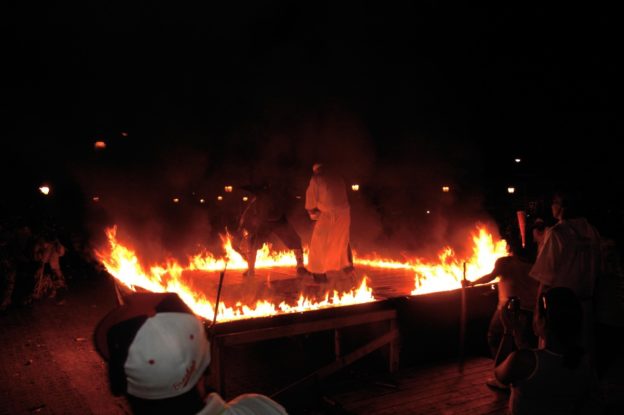
In this excerpt, Molinar discusses a few of the changes that he has witnessed in the devil character’s embodiment within the tradition that displease him and responds to Arturo Lindsay’s question regarding the escalating violence he has witnessed with the way some younger practitioners wield their whips.